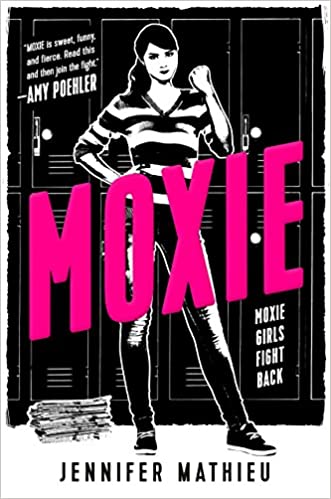18 Tiny Deaths by Bruce Goldfarb
18 TINY DEATHS: the Untold Story of Frances Glessner Lee and the Invention of Modern Forensics by BRUCE GOLDFARB tells the story of a woman whose impact on crime solving cannot be overstated.
Lee first learned about the importance of forensic investigation from her friend George Magrath, who was the country’s only medical examiner at the time.
Magrath was medical examiner for Suffolk County, Massachusetts – which includes Boston. He covered a number of famous and unique cases during his time as medical examiner. He was the first person on the scene following Boston’s molasses flood in 1919.
At the time of his death, Magrath was still the only full medical examiner in the United States, and his expertise were in danger of dying with him. Frances Glessner Lee used her political savvy and her family’s fortune to make sure that her friend’s work would continue.
She had already helped Harvard Medical School found a Department of Legal Medicine. Magrath had been teaching at the school for years, and it seemed an excellent place to launch a new field of study. Lee contributed much of the funding used to start the school, and single-handedly curated the special library used by its students.
As the Department of Legal Medicine continued to expand, they ran into a difficulty – the State police departments did not understand the need for legal medicine. It was imperative that Lee find a way to show them its importance.
Lee and the new head of the department began developing an intensive week-long seminar, which could be held twice a year, to teach police officers about the most important aspects of an investigation, including the keystone of the case: the crime scene.
In order to give her students hands-on training, Lee created dollhouse sized models of scenes, sourced from actual crimes. These models were crafted by Lee herself, made to scale, and accurate down to the last detail.
Lee called these dioramas the Nutshell Studies of Unexplained Death, and used them as teaching tools in her lectures. Officers were asked to observe the diorama for ninety minutes, and then report on what they had observed. Lee wanted them to focus on taking in as much information as they could, and urged them not to jump to conclusions during their examinations.
The Nutshell Studies are both eerie and beautiful. They have working light fixtures, worn places on the flooring, and even mail left under the mail slot in the front door of an unoccupied parsonage where one of the victims was murdered.
The Smithsonian had a number of Lee’s Nutshell Studies on exhibit in 2017, and the images are still available on their website. I recommend you seek them out, if you are interested in seeing the detail for yourself.
18 TINY DEATHS is a detailed account of Frances Glessner Lee’s life, from her upbringing as the only daughter of a wealthy family to the impact her work left on the world following her death in 1962.
According to Goldfarb, her Nutshell Studies are still being used in the annual seminars to this day.



